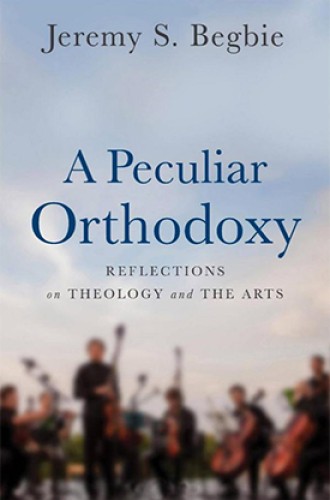While it would have been inconceivable for premodern Christians to regard the realms of theology and the arts as separate and distinct, forces of the Enlightenment and modernity did just that in Western thought. This separation was effected not only by those who rejected Christianity. Protestant Christians, building on a suspicion of the arts inherent in some Reformation traditions, were complicit in defining theology as housed in the church and the art world as housed in a separate (and secular) sphere.
Recent decades, however, show a reawakening of interest in robust dialogue between theology and the arts, from theological perspectives on the arts to exploring theological ideas through the arts. Jeremy Begbie, who teaches at Duke Divinity School, has been one of the leading voices in this dialogue for over 25 years.
In the introduction to this collection of nine essays (each of which was originally published between 2007 and 2013), Begbie expresses concern that some recent engagements with theology and the arts tend to downplay orthodox Christian beliefs and practices. In employing the phrase “peculiar orthodoxy” in his title, he seeks to highlight both the strangeness and distinctiveness of orthodoxy. He describes the “stubborn peculiarity of biblically based orthodoxy—centering on the embodiment of the world’s Creator in a crucified king, and a God who is perplexingly threefold.” The doctrines of the triunity of God—Father, Son, and Holy Spirit—and the incarnation of Jesus Christ are key currents of thought that run throughout the book.





